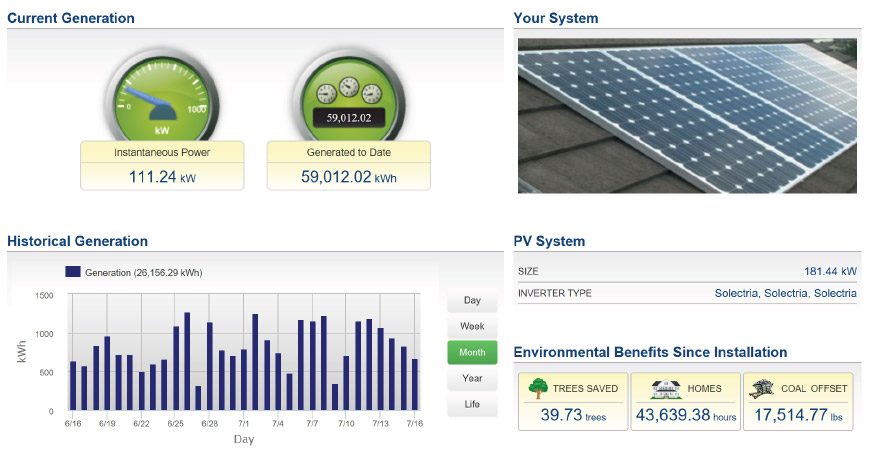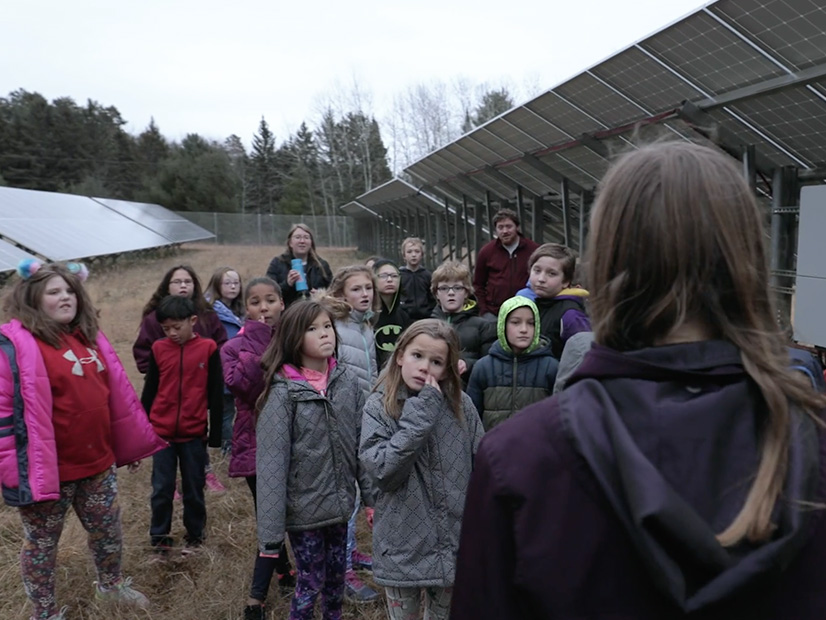Minnesota lawmakers agreed to spend $24 million to fund solar arrays at the state’s schools, a bid to reduce energy costs and provide students with STEM-based learning opportunities.
The “solar on schools” bill, part of an omnibus Commerce, Climate and Energy Finance bill signed June 26 by Gov. Tim Walz, provides school districts funding to install solar arrays on school grounds and roofs.
Rep. Patty Acomb, (D), one of the House sponsors of the legislation, said the cost of energy exceeds most line-item costs in her district’s schools. “Electricity is the second-highest line item in our budget” after teacher salaries, she said in an interview with NetZero Insider.
Low-income districts will receive priority for the grants, and recipients will be required to incorporate lessons on renewable energy into their curriculums.
“Along with being good stewards of our environment, we are stewards of children. It is a great learning opportunity for students to learn about solar energy,” says Chris Lindholm, superintendent of Pequot Lakes Schools. “Therefore, there is a fiscal benefit, and there is a benefit for teaching students.”
Acomb said teaching about solar energy as a part of STEM learning and career opportunities will promote student, parent and community interest in solar energy and how it benefits the local economy.

“This is an opportunity I want young people to learn about,” she said. “With the curriculum in classrooms today, they are not necessarily learning about (renewable energy).”
Acomb said each school will determine how to develop its own projects. She envisions monitoring the solar panels’ output through an app or real-time displays at school entrances.
Schools in Xcel Energy’s (NASDAQ:XEL) service area will be eligible for $16 million from the state’s Renewable Development Fund, which is funded by Xcel in return for storing nuclear waste in Minnesota.
Schools elsewhere will be eligible for $8 million from the state’s general fund. The general fund will also provide $1.2 million for solar at state colleges and universities outside Xcel territory.
Acomb said it was important to put less-affluent districts at the top of the solar schools list. “We want to ensure all school districts have access,” Acomb said.
“We live in an area that has fairly significant poverty. So we have people who become energy poor,” said Dave Endicott, superintendent of Pine River-Backus Schools. “So I can see the benefits of having these kinds of projects that would perhaps reduce the stress on low-income families. By having solar they are not having to make choices between food and health care because of energy costs. So if we can find ways to do that and pull together resources to support that happening then I think we benefit our communities.”
Model Project in West Central Minnesota
The solar on schools concept already has proven successful in the Region Five Solar Schools Project started in 2018. Six arrays totaling 1.5 MW were installed at Pine River-Backus Schools, Pequot Lakes Schools and Central Lakes College in west central Minnesota, according to a July 2019 report done in part by the University of Minnesota Extension Service.
The $3.5 million project cost was funded by a U.S. Department of Commerce grant and a nearly $2 million contribution from Xcel through the Renewable Development Fund. The solar energy equipment was produced locally by Heliene in Mountain Iron, Minnesota.
Maryland-based New Energy Equity (NEE) was the financing partner providing tax equity and project financing. NEE owns the solar arrays and sells the electricity to the schools for $.063/kWh, an average of 2-4 cents less per kWh than state utility providers. Rural Renewable Energy Alliance (RREAL), a solar developer based in Backus, Minnesota, acted as the project construction manager for the project.
In the first two months of deployment, the Pine River-Backus site saved $10,000, putting it on a path to exceed the anticipated $30,700 first-year savings.
“We are estimating to produce about 80% of our electricity through the solar panels,” Endicott said.
The project also included demonstration of solar-powered electric vehicle charging stations at both the Pequot Lakes and Pine River-Backus school districts.
Local tribal college students participated in project construction as trainees in solar installation work. One of the two full-time interns now works at RREAL as site supervisor and safety director.
“We are not looking at this project just from the facilities side of it or the operational savings … but also the academic opportunities that come from establishing that program,” Kari Christiansen, vice president of Administrative Services at Central Lakes College, said in the Region 5 report.
Word of solar on schools has gone viral in his community, Endicott said: “The number of people who stop me on the streets or when I am out to eat or when I am at meetings regarding our district, the number of people who come to me and say, ‘Wow! It is so cool what your district is doing with the solar. We think it is a fantastic project. We love what you have done here.’”
The district is implementing curriculum to help students understand solar power and give them “a glimpse at potential job markets involving sustainable energies,” Endicott said. “There was no losing here in any way, shape, or form. We get the benefit of the solar power. We get the benefit of students learning about solar energy and technologies. We also get the benefit of partnering with other organizations.”



